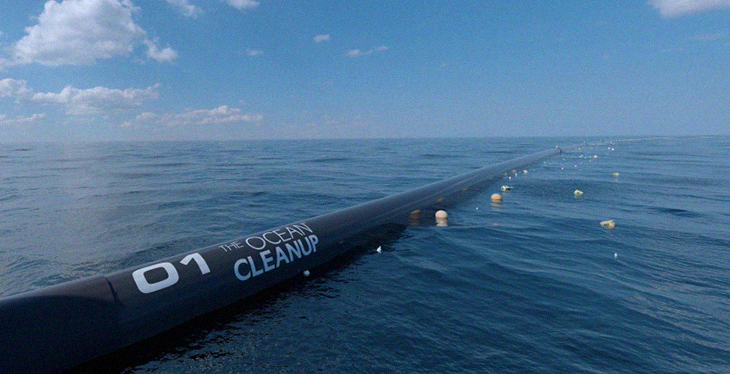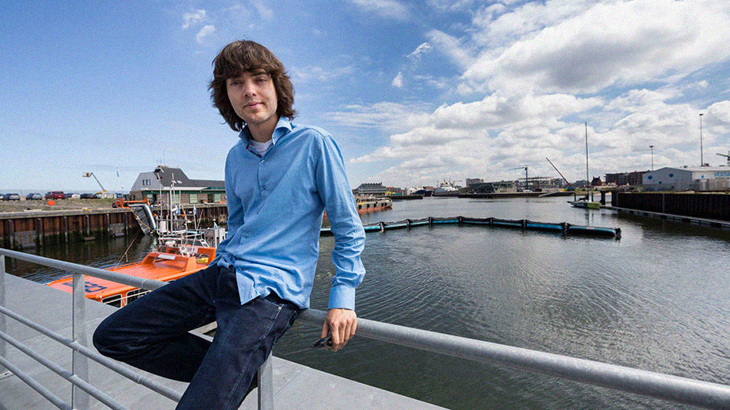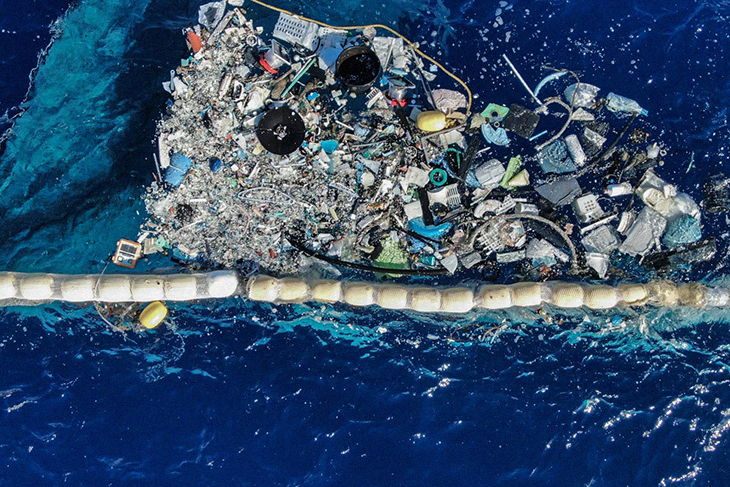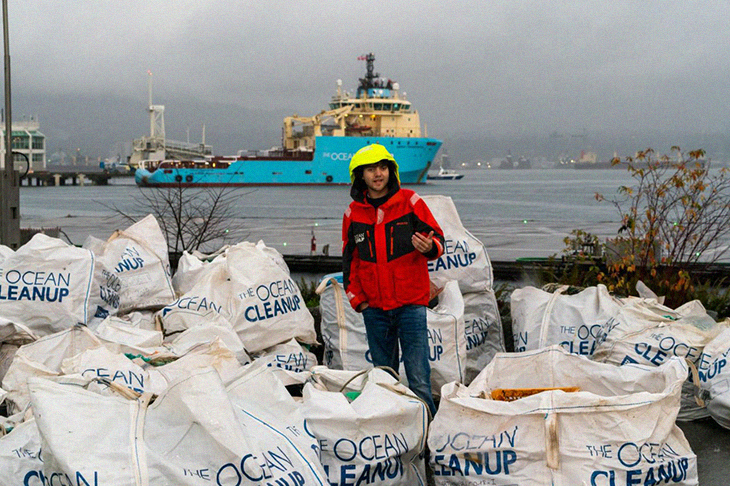
Waste management can cause big problems for the Earth, what with all the Global Warming issues we have since we can remember. But what if there is hope? What if there’s a certain device that can help clean up a large volume of some of the world’s garbage?
Great Pacific Garbage Patch is said to be larger than the size of Texas. It’s greater than double the size of that state. At first, it looks like an island, but at a closer look, it’s actually a floating patch of garbage. The garbage comprising this floating island is coming from the north-central Pacific Ocean. The garbage concentration there is said to average at 60 kilograms per square meter and can reach as large as to several hundreds of kilograms per square meter. This patch is formed after the plastic scatters and forms large fields of garbage debris.

Boyan Slat is a Dutch inventor and he dreams of ridding the world’s garbage, one step at a time. This was his advocacy and inspiration when, back in the Netherlands, he created The Ocean Cleanup, which is a nonprofit organization and started a cleanup system aimed to resolve the Pacific trash vortex, which is most commonly known as the Great Pacific Garbage Patch. A device, which concept was introduced in 2012 at the TedX Talk, was then created for the sole purpose of scooping up plastic garbage by mimicking a giant arm. It’s shaped like the letter U and back then, it still required some improvements because there would be times when the garbage would get released back into the ocean. This was way back in 2013.
Fast forward to October of 2019, The Ocean Cleanup was able to bring back to shore bags of plastic debris. They brought back 60 bags of garbage from the Great Pacific Garbage Patch and Slat confirmed that plastic garbage had clearly been in the ocean for decades. After some improvements, the device was working well this time and was able to collect and contain plastic garbage. Passive collecting of garbage is one of the best features of the device. This means that they use a technology that goes along with the flow of the water’s current. It matches the movement pattern of the plastic, but in a bit slower motion which makes it possible for how much the concentration of the plastic garbage should be gathered. The passive collection of garbage lets them save resources, as it would be highly expensive to actively chase the plastic garbage, by using nets and vessels. Slat mentioned that for the garbage patch, their calculations show that every 5 years, they should be able to clean up about 50% of the garbage patch.

The first haul of 60 bags of garbage marked the end of the first mission. To fund future missions and as part of recycling, converting the plastics into useful products will be the next phase for the organization. This will translate into everybody else being able to participate in their way in the said cleanup. Though nothing is final yet as to what the end products will be, the goal is to create products that will not end up again in the ocean. In recent updates, partners are working hand in hand with the nonprofit regarding a framework that can sort and clean the plastic, as well as recycle them. The Great Ocean Cleanup tagged the first system that collected and took the 60 bags of garbage to the shore as System 001/b. As of December 2019, they’ve commenced preparing for a comprehensive and completely serviceable model which is called System 002.

These past few years, more and more consumers are getting curious and embracing the idea of recyclable products and sparking influence on other consumers, too. This interest poses a concern for the type of advocacy that Slat and The Ocean Cleanup have since there would be others who will most likely jump in and falsely claim their products are made from the plastic garbage in the ocean. The nonprofit’s resolution? Currently, they are working closely with DNV GL, a third party that specializes in certification and can guarantee the authenticity of the ocean plastic presented.
As for the products that will be produced from the plastic garbage that The Great Ocean Cleanup hauled from the Great Pacific Garbage Patch? We will soon find out what they will be, as the nonprofit organization aims to have them come out by September of this year. Slat hints that they will make sure the products will be something everyone will actually want.
What are your thoughts? Please comment below and share this news!
True Activist / Report a typo


